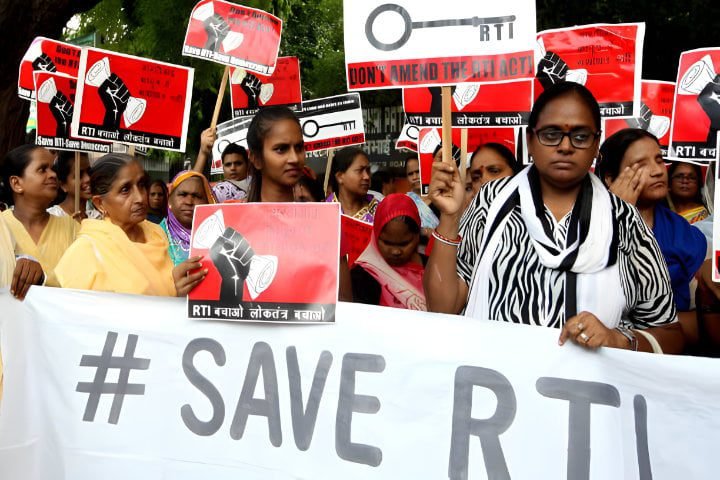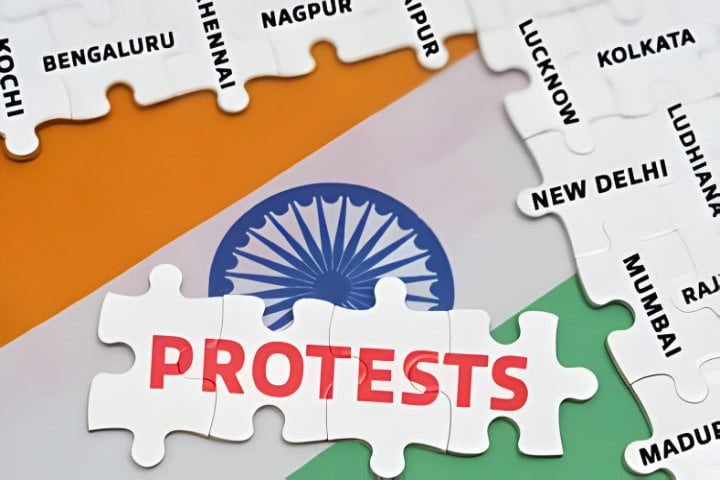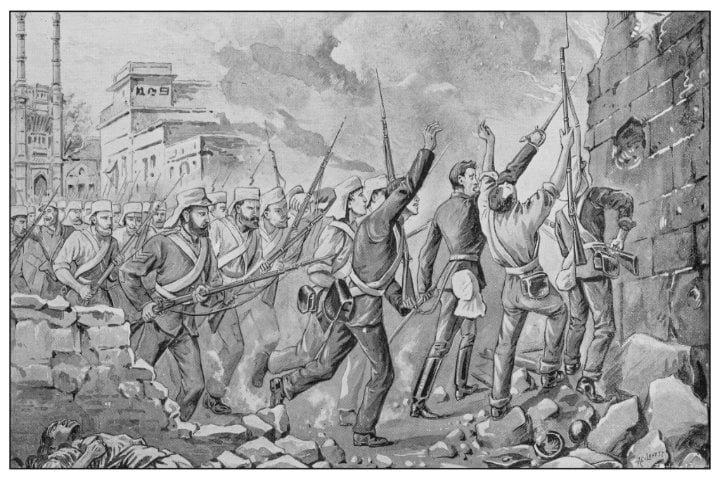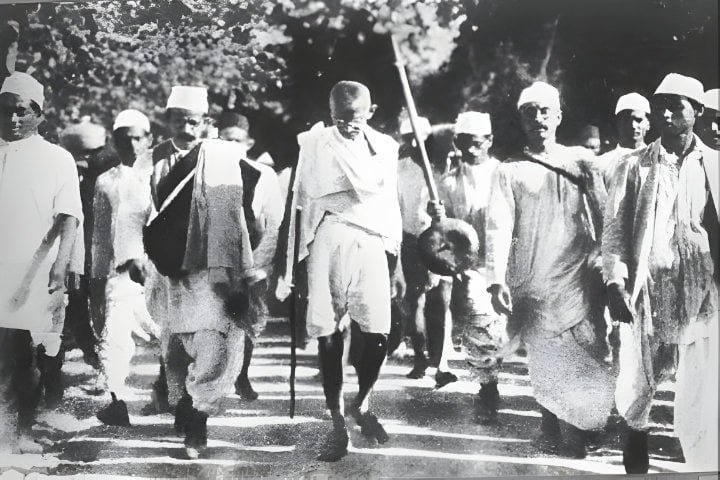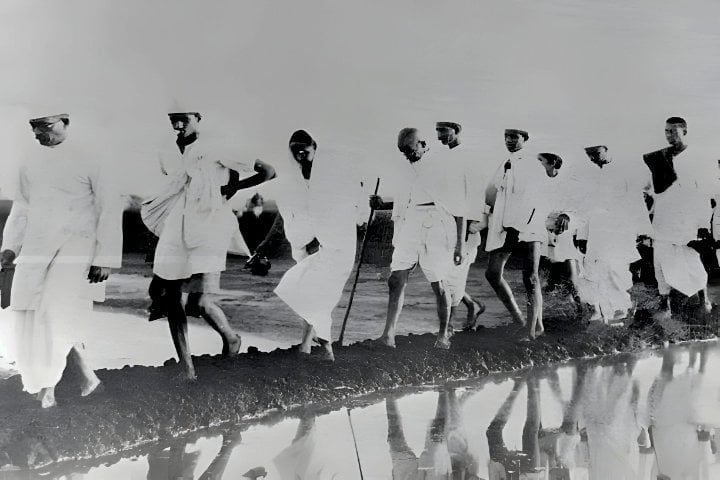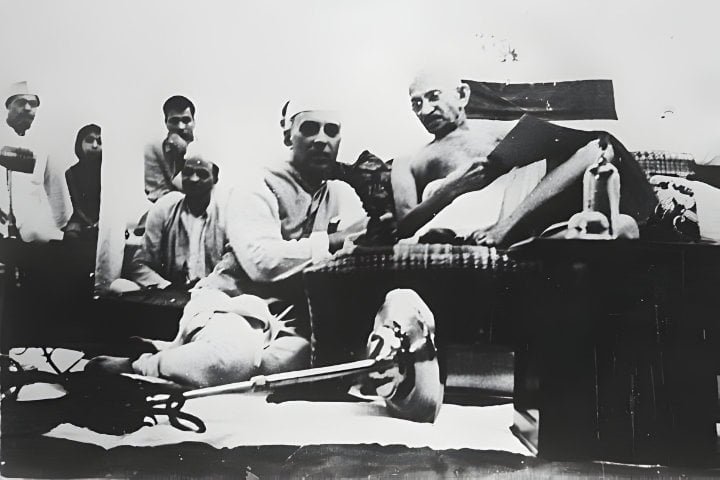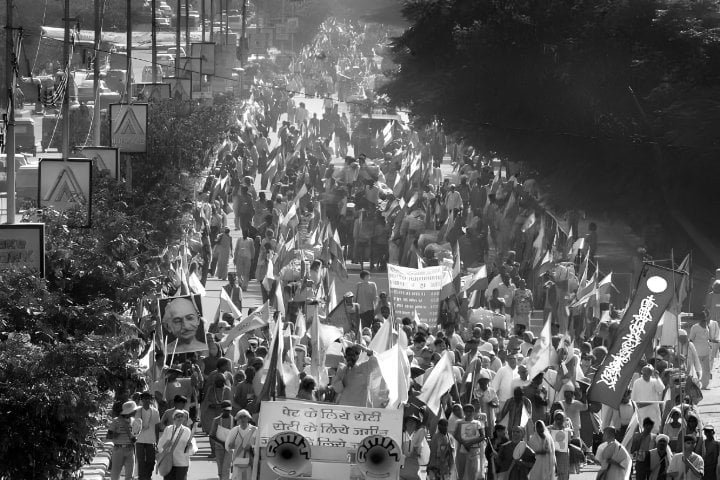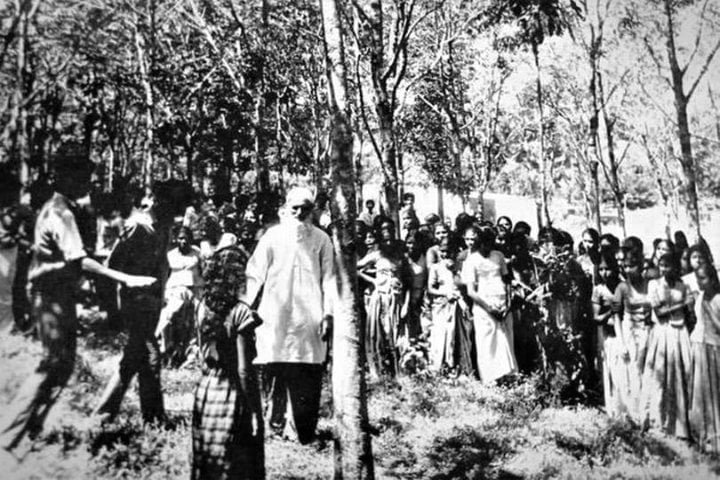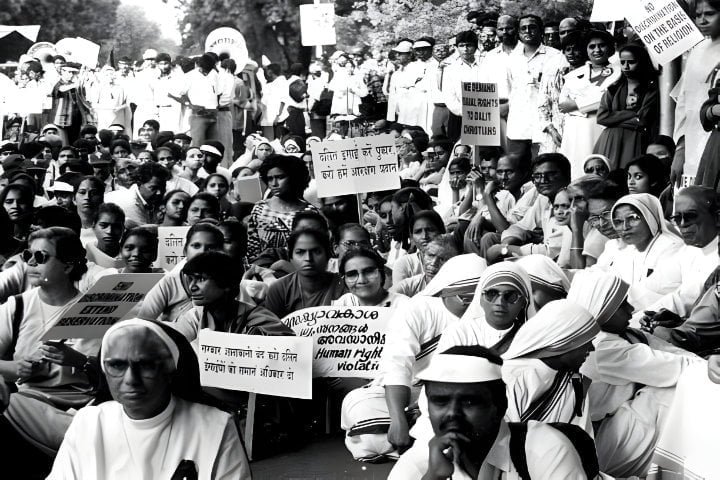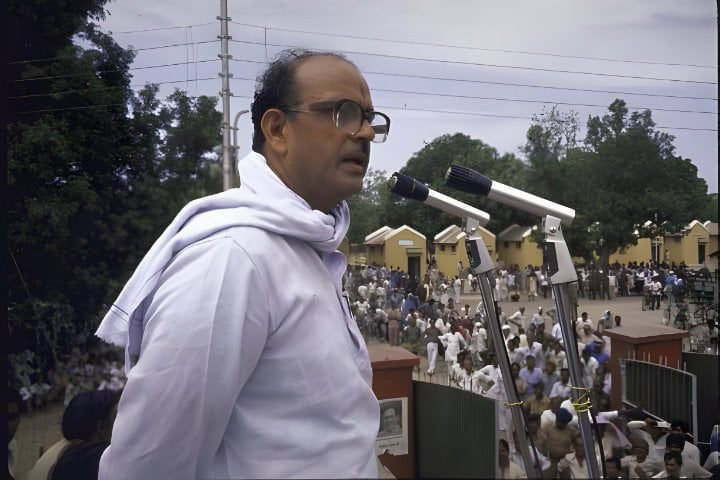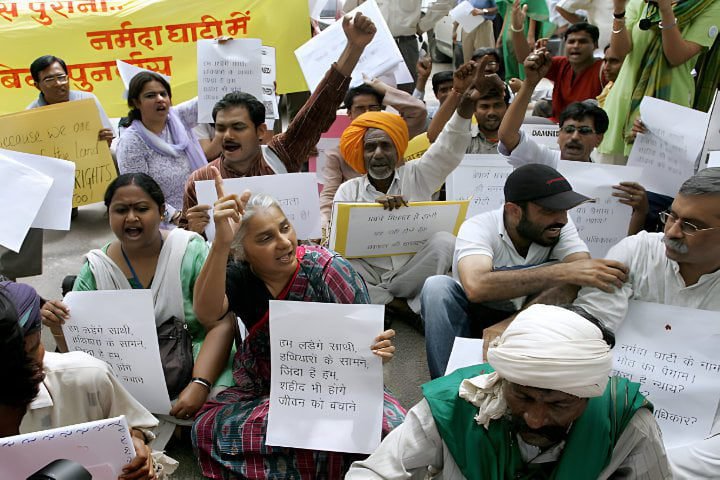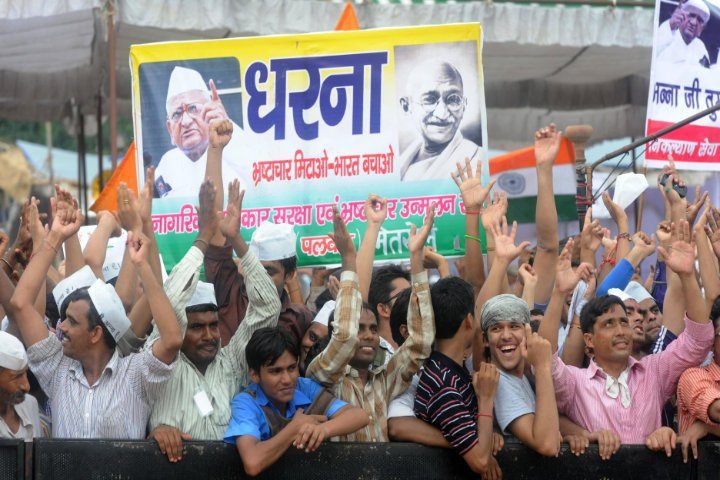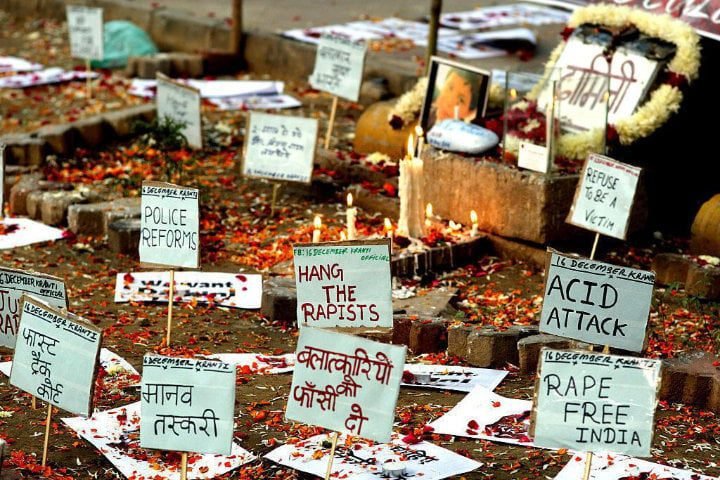CUET UG Social Movements
Right to Information Act (RTI) 2005 Origin
The Right to Information Act in India is a testament to the pursuit of transparency and accountability in governance. Its roots date back to India’s independence, when the Constitution recognized citizen access to information. Concrete steps were taken in the late 20th century to institutionalize this right.
Before the RTI Act, Indian citizens had limited access to government information due to laws like the Official Secrets Act of 1923. Civil society groups and activists fought for transparency, leading to the RTI movement.

The greater the citizens’ access to information, the greater the government’s responsiveness to community needs. Without information, people cannot adequately exercise their rights and responsibilities as citizens or make informed choices. Government information is a national resource.
Transparency is crucial for a healthy democracy. It encourages trust, accountability, and citizen participation. Access to information about government actions, policies, and decision-making processes helps citizens hold their representatives accountable and participate actively in the democratic process.
When the government operates secretly, holding officials responsible for their actions becomes difficult. However, when information is available and accessible, officials are held accountable, and trust is built between the government and citizens.
Transparency also ensures that elected representatives act in the citizens’ best interests by preventing corruption and nepotism.
The Right to Information Movement
Citizens groups have long battled for the exercise of the right to information. The change happened because of grassroots activism and public pressure.
Under Mazdoor Kisan Shakti Sangathan (MKSS), activists Aruna Roy and Nikhil Dey pioneered using the right to information as part of a people’s movement for justice in wages, livelihoods, and land in Rajasthan in 1987.
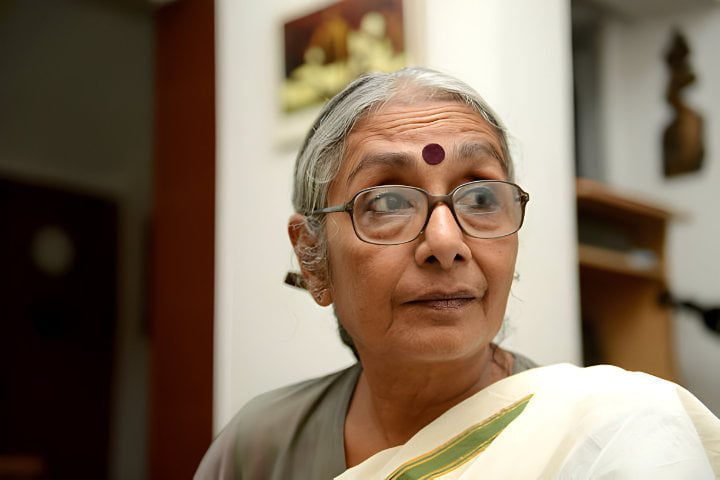
Aruna Roy resigned from the Indian Administrative Service to work for a developmental NGO, the Social Work and Research Centre (SWRC), Tilonia, Rajasthan. Shankar Singh, a villager who helped establish the rural communication unit of SWRC, accompanied her. The third activist in the group was Nikhil Dey, a young man who left his studies in the USA in search of meaningful rural social activism.
On May 1, 1990, the MKSS was formally registered. In their initial years, the MKSS worked as partners in local struggles of the poor, relating mainly to land and wages, women’s rights, prices, and sectarian violence. Later, MKSS became involved in fighting against corruption through Jan Sunwais or public hearings.
During these public hearings, copies of all documents related to public works were made available to the people for a people’s audit. These are then read and explained to the people in open public meetings. The people have thus gained unprecedented access to information from government departments.
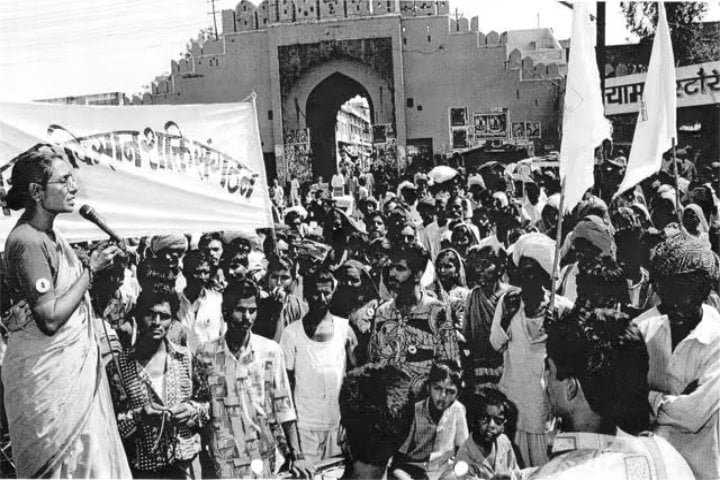
In these hearings, concrete evidence of corruption would come to light, such as false muster rolls, diversion of building materials, etc. Armed with such evidence, the people would be empowered to demand action against corruption and recover diverted development expenditures.
The public hearings organised by MKSS evoked widespread hope among the underprivileged people locally and among progressive elements within and outside government. It also dramatically changed the awareness level of villagers, and ordinary people spoke out fearlessly and gave convincing evidence against corruption, and public officials were invited to defend themselves.
This led to a demand for the right to obtain photocopies of all official documents related to local development works for a fee. State-wide agitation was organised by MKSS to press their demand. Their efforts and growing public awareness ultimately led to legislative action.
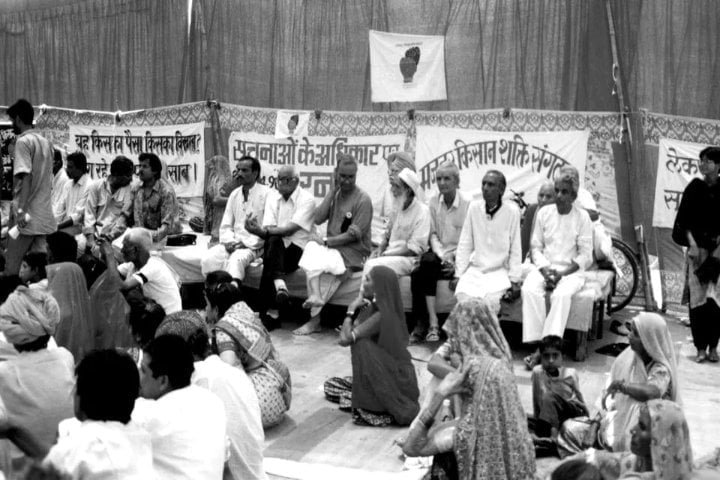
The movement for the right to information has caught the imagination of the middle class and the poor alike. For sustained, informed and vigilant advocacy for the passage of such legislation, a National Campaign Committee for the People’s Right to Information was constituted. It comprised senior activists, press persons, academics, and serving and retired civil servants actively committed to transparent, accountable, and pro-people governance.
Enactment of the Right to Information Act
In 2005, India’s Parliament passed the Right to Information Act, empowering citizens to demand information from public authorities and hold them accountable. This Act enhances transparency, encourages accountability, strengthens democratic institutions, and promotes social justice.
People use it to access government information, expose wrongdoing, and hold authorities accountable. The act enables the democratic participation of ordinary citizens in the true sense.
Power of RTI in Social Change
There have been some cases in India where social movements driven by the right to information have brought positive change through transparency and accountability.
One instance is the struggle of Rachna Dhingra, a Bhopal-based activist, who used RTI to seek information about the disposal of toxic waste from the Union Carbide factory. After obtaining this information, the government was held accountable for failing to clean up the contaminated site and provide justice to the victims of the Bhopal gas tragedy.
RTI-driven social movements have empowered marginalized communities. In Jharkhand, Alok Shukla, an Adivasi activist of Chhattisgarh Bachao Andolan, halted destructive mining practices using RTI to secure legal recognition of their land rights.

In Maharashtra, activists utilized RTI to reveal corruption in allocating subsidized food grains through the public distribution system (PDS). By exposing diversion and mismanagement, they could pressure the government to implement reforms and ensure that food grains reached those who needed them.
Similarly, in Delhi, RTI activists uncovered irregularities in distributing public land to private developers, which resulted in investigations and legal action against the offenders. These cases illustrate the power of RTI in holding government officials and institutions accountable for their actions and decisions.
The right to information has been a powerful tool for championing social justice and human rights. In Gujarat, activist Anjali Bhardwaj used the Right to Information to uncover cases of custodial torture and extrajudicial killings by the police. Her efforts led to public outrage and demands for accountability, resulting in inquiries and prosecutions against the perpetrators.
The Influence of the Right to Information on Governance
RTI disclosures have a profound impact on policy-making and governance. They reshape decision-making processes and promote accountability. By providing access to information, citizens can participate in the democratic process, engage in informed debates, hold policymakers accountable, and advocate for policies that align with their interests, enhancing the responsiveness and effectiveness of governance structures.
Exposing Corruption
RTI disclosures serve as a deterrent against unethical behaviour and a catalyst for institutional reforms. RTI disclosures pave the way for greater public administration transparency, integrity, and efficiency.
Enhancing Public Trust and Confidence
RTI disclosures enhance public trust in government institutions by promoting transparency, accountability, and legitimacy. They bridge the gap between the government and the governed, fostering trust and cooperation.
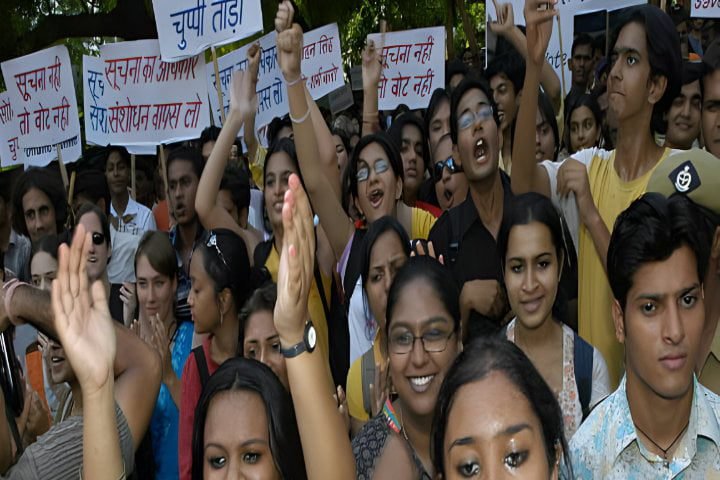
Challenges and Future Prospects
Despite its potential to bring about positive changes, implementing and enforcing the RTI Act in India has several challenges. The bureaucratic resistance, delays in information disclosure, and attacks on RTI activists are indicators of the ongoing struggle to safeguard this fundamental right.
However, the increasing use of technology, citizen-led initiatives, and judicial interventions are gradually paving the way for a more robust and effective RTI regime in India.
Conclusion
The right to information act has revolutionized policy-making and governance by empowering citizens with access to information. It has exposed corruption and transformed the government-people relationship, ushering in an era of transparency, accountability, and participatory democracy.
The CUET UG Mass Communication syllabus contains this topic under the Communication section.

